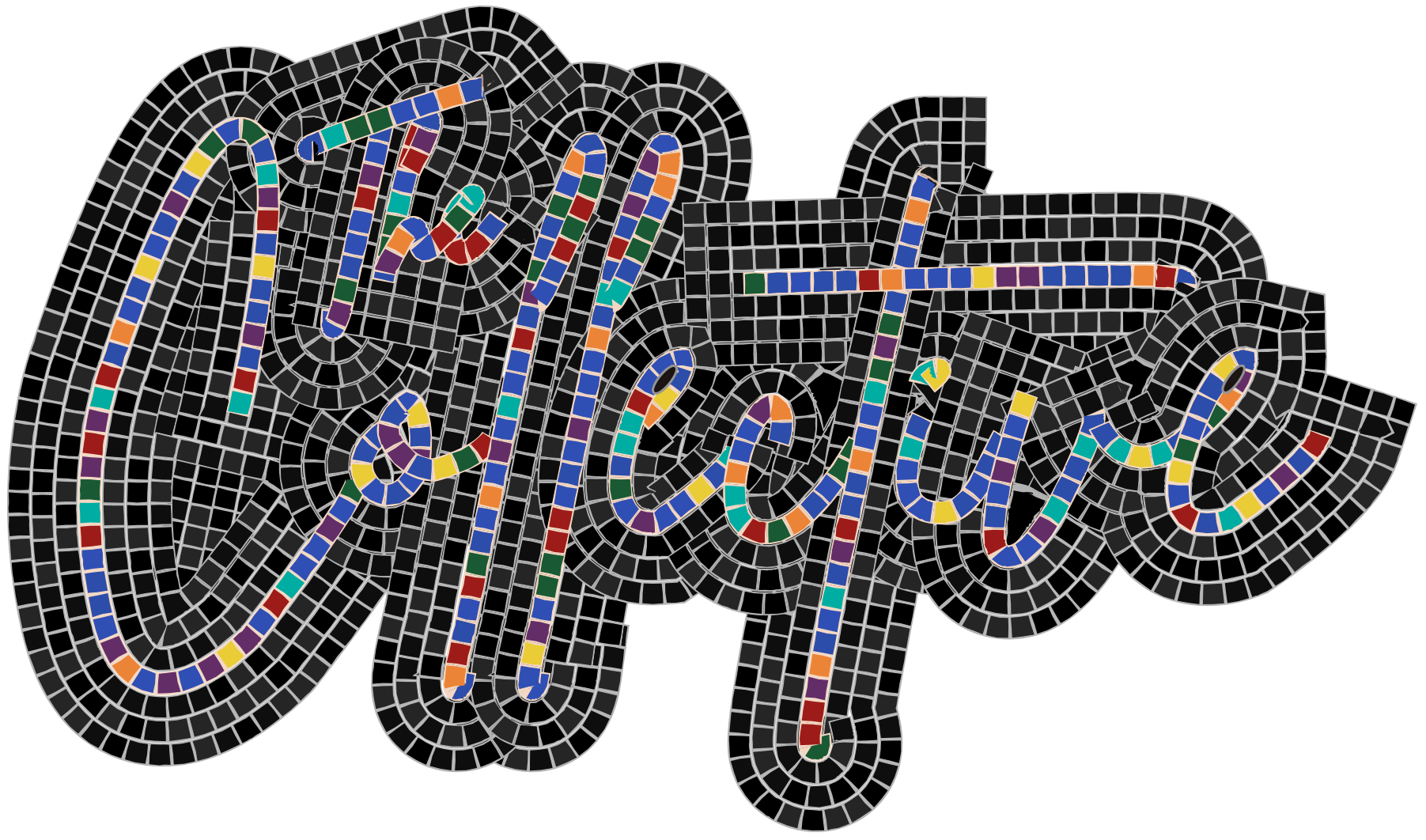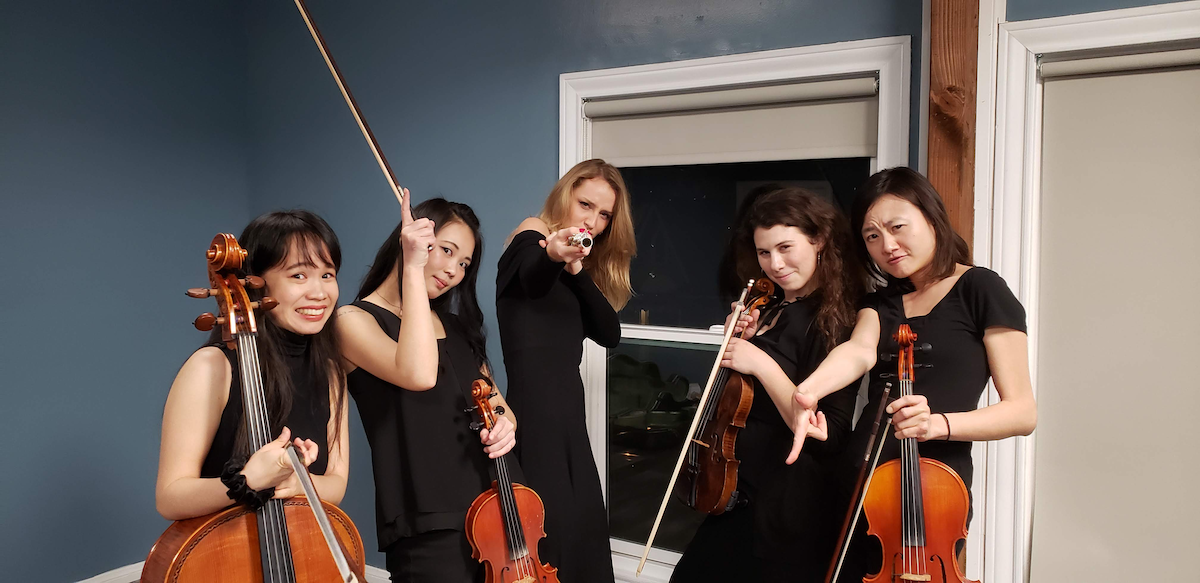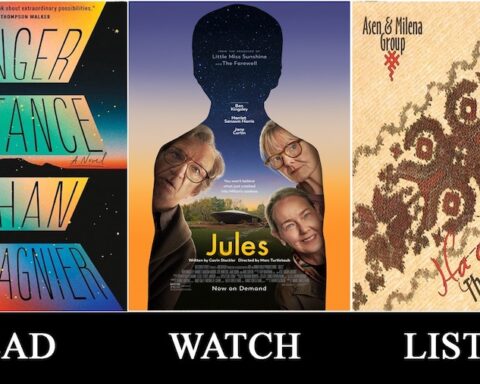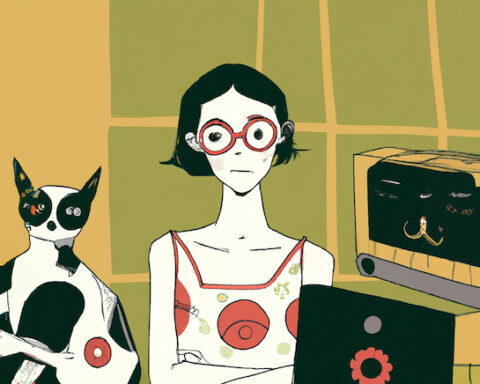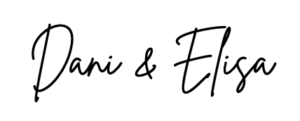A funny thing happened in 1972 — musicologists uncovered a twisted, chromatic, masterfully strange piano sonata in the private collection of Felix Mendelssohn. What was odd about this 150-year-old manuscript by “F. Mendelssohn” was that Felix never mentioned writing or premiering it in his journals, plus it was characteristically quite different from any of his other works. This undiscovered piece was unlike anything anyone had ever heard from him, but when the scholars ran out of answers, they gave Felix due credit, and the case was closed. Nearly fifty years later, in 2010, a graduate researcher figured that perhaps this virtuosic piano piece was not, in fact, written by Felix in a fever dream, completely detached from all his other works, but perhaps — just maybe — the answer might lie somewhere in the diaries of his dear, renowned piano prodigy sister, Fanny. Even with modern sensibilities, professionals still jumped to the conclusion that a man wrote something completely out of his wheelhouse long before they would even consider that a woman, despite being a famous pianist and known composer, could have written her own work.
Yep. Fifty years. Brightest minds in the field.
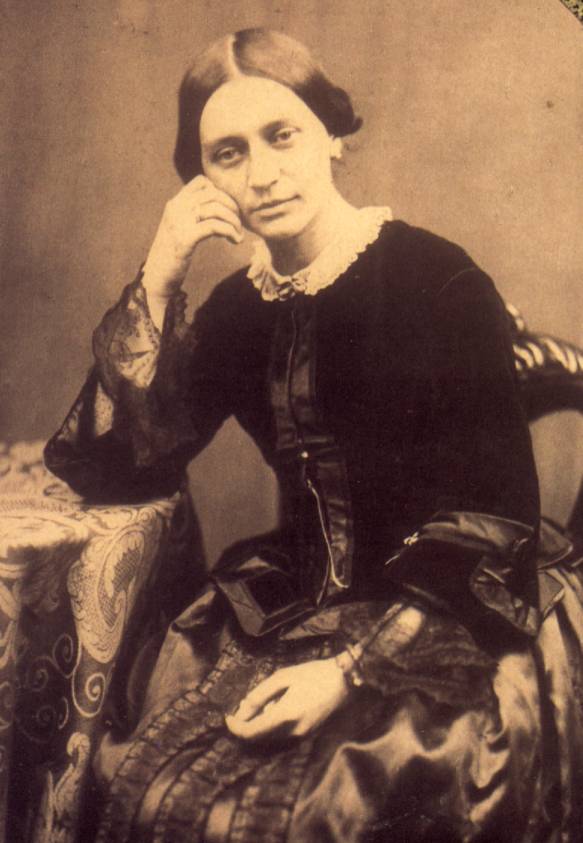
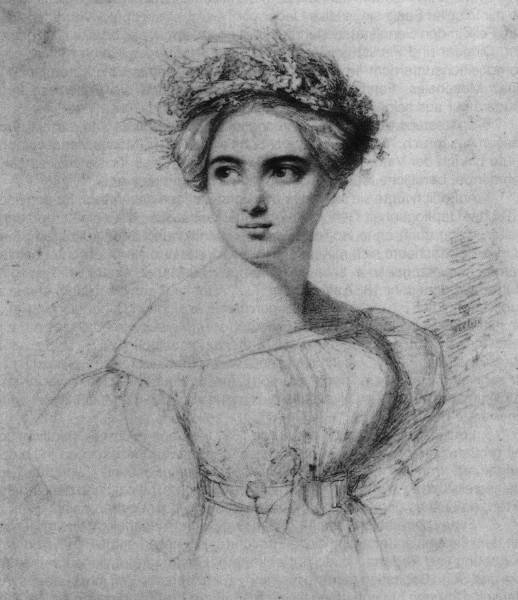
The role of the composer of Western art music has been male for a thousand years — if you listed every “classical” composer you could think of, any time or any place, you’d be hard pressed to find females, save for the lucky few like Fanny Mendelssohn and Clara Schumann who have survived thanks (at least in part) to their associations with their far-more-known male counterparts. In the time of Fanny Mendelssohn, though, women weren’t really allowed to do a lot of things. Now that we’ve moved into the twenty-first century, things have changed. . . Right?
Composing women
Many people today are not regular symphony-goers, but we’re beset on all sides with TV shows, streaming, apps, ads, and games. When mainstream audiences think of a modern composer, I’m sure themes of star ships and pirates come to mind. The screen has taken the place of the ballet and opera for most contemporary writers, and though, of course, many still write concert and other live music, modern composition seems to be dominated by the screen scoring world. So is there a place for women on this new stage? While, in general, things have been looking up for women in the last hundred years, there still remains an inexplicable chasm in the music industry. As a result of being out of sight, women are occupying an all-time high percentage — almost 2% — of music production and composition jobs. Two. Whole. Percent. We’re being beaten by whole milk.
It’s hard to think it’s been just a hundred years since women in America were last denied the right to work or vote. Hell, the Vienna Philharmonic didn’t chair their first woman until 1997. To date, there have been 767 nominations for best score at the Oscars, five of which were composed by women, only three of which women won. The numbers don’t lie: the commercial music industry is still extremely cold toward women. Mega-composers are running studios like workhouses with droves of male ghost writers and unpaid interns cutting sex-jokes like they’re in a high school locker room and, magically, women just hardly ever seem to “make the cut” in these work environments. I felt very isolated during my first year working in Hollywood after college. Many of my male colleagues would not even acknowledge me if they were not interested in me, and if I wasn’t a candidate for dating, I didn’t exist at all. Growing up in the 2000s I really believed the glass ceiling was my grandmother’s problem, not mine, but I found out the hard way that we missed a spot.
Forming Les Femmes
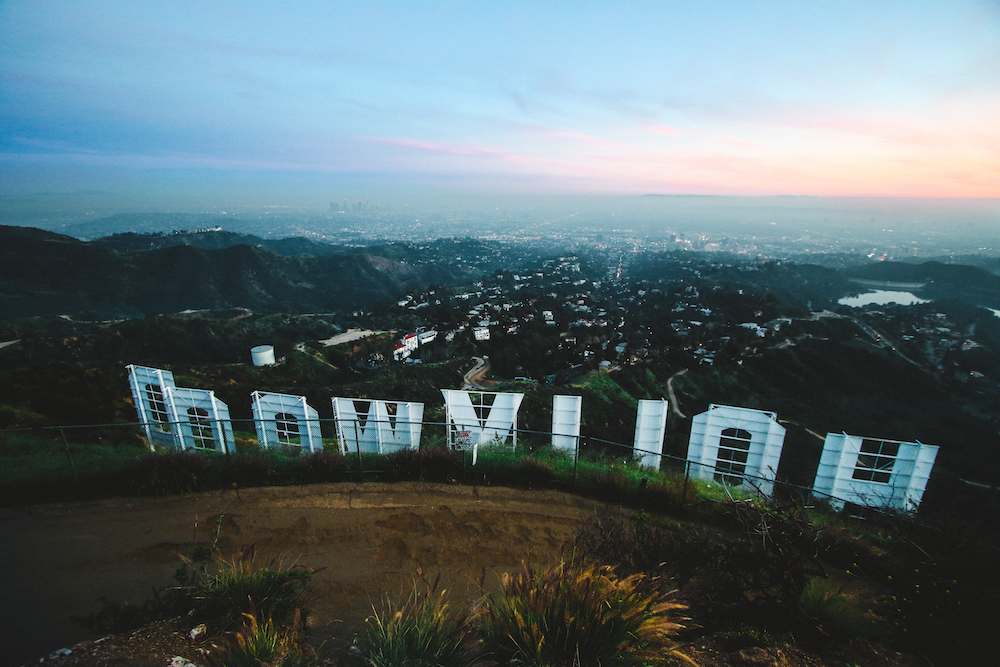
Back in 2019, a group of composers and I met after a masterclass with the Alliance of Women Film Composers in Los Angeles. As it turned out, we all felt a lot of the same hostilities and resistance in our careers and artistic pursuits — my bad experiences weren’t unique. Amongst talks about how the music world felt stagnant, the woes of working in a studio, and the trials and tribulations of living in LA, we all agreed the hardest part of getting started as a composer is the old catch-22: you need recordings of your music to convince other people to perform it, but you have to convince someone to perform it in order to get recordings. But human beings, incidentally, also cost money. So, what is a broke musician just starting out to do? We all got hung up on the same question. We looked backward to figure out how composers of the past made it work and were disappointed to discover that unless you had a rich daddy or you married money, you were unlikely to reach commercial success. The leader of the masterclass overheard our conversation and offered us the simplest advice: “Why don’t you play each other’s music?”
Well, we did.
Immediately we started round tabling our ideas and getting together in our living rooms to rehearse small chamber pieces we’d written. My downstairs neighbors enjoyed watching Game of Thrones on full volume until two or three o’clock every Saturday night, so we’d rehearse every Sunday at eight o’clock in the morning. It turned out I was not alone in my unpleasant studio experience: the five of us came together to write music that made us happy, that wasn’t afraid to make mistakes or be weird, and at the very least was a way to try to enjoy writing again. We decided not to assimilate and hide our differences with some sort of unified image or homogeneous sound, but embraced our different social, ethnic, and cultural backgrounds to create a bouquet of talent from all across the U.S. and Taiwan. The one thread that tied us all together was our femininity — the invisible, constant state of affairs married to our gender.
Freeing ourselves from writing under a director, and allowing ourselves to write from the heart, birthed some beautifully heartfelt pieces about our homes, loved ones, and passionate curiosities we rarely got to express since we spent so much of our time helping to tell other peoples’ stories as studio composers. Cora, our cellist, wrote a piece about Chinese economic policies, I wrote about my air conditioning unit, and our violinist (at the time) Cynthia wrote about her love for a mentor who passed away. We decided nothing was out of reach and really started having fun. With our original ensemble, we managed to organize and write a concert program in just four months. As we rehearsed, we learned so much from chatting back and forth about what would or would not work (both technically and in taste), a type of collaborative feedback studio composers are rarely given in a professional setting. A horn player would never dare tell the composer on stage they didn’t like the G# in measure 37, but our group allowed us the liberty to work together and mold our ideas in an objective creative space that was out from under the constant constraints of clock and budget.
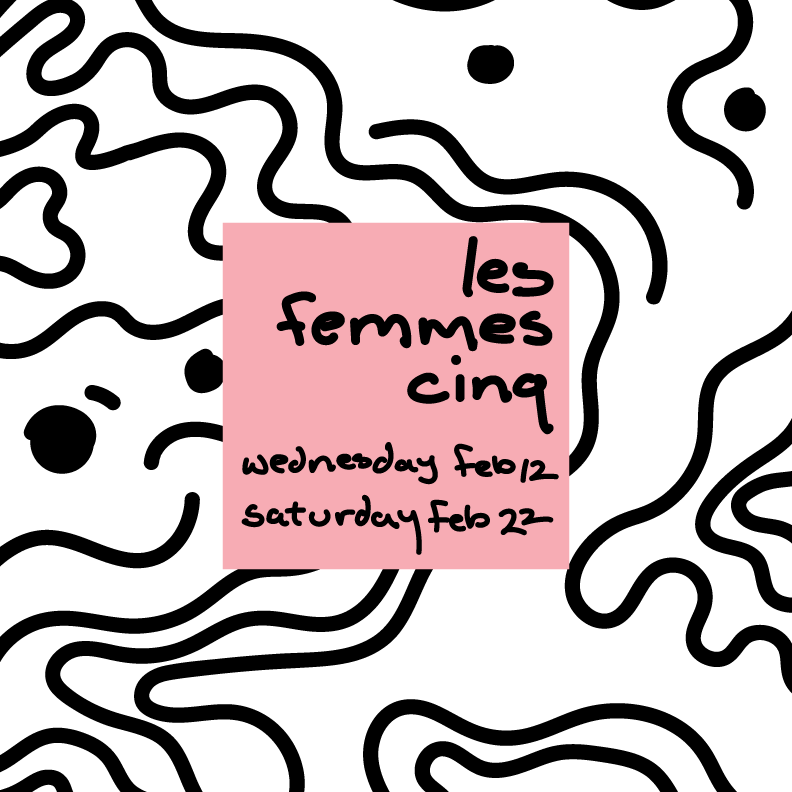
With the little bit of cash we could spare between us, we booked a small venue in an artsy block in Hollywood. While we were of course optimistic, I think we all worried a little that we might have existed on a tiny island of support in our common struggle and stood unsure of whether our friends and colleagues would show up for a room full of self-proclaimed visionaries. But we decided to try it anyway. “I think most of us are also used to being the only woman or one of very few women on a team,” says our violinist Natalia Goldstein. “I feel I have a responsibility to be actively creating inclusive and supportive spaces not only for this current generation but also for those who will follow.” It’s hard to climb a mountain alone — like many of us, she feels her frustration as a call to action instead of a deterrent. So, on February 22, 2020, our tiny fifty-person theater sold out (we stopped counting after seventy-eight), people piled in the aisles and hallways, packed shoulder-to-shoulder, willing to stand just to hear us.
Coping with COVID and beyond
We played that first concert to an over-full room blindly unaware that in less than six months, the COVID-19 pandemic would rip nearly all of us from our jobs and homes. Many artists working on already razor thin budgets had to cut much of their staff to keep the studios afloat (those that were going to survive anyway), which meant a hemorrhaging of jobs for young and less-established folks. Tossed onto that heap, American artists’ visas depend on their work status. Once the studios closed and the work dried up, the financial drought hit artists and performers mercilessly hard. Some of us managed to keep work going remotely, but political winds resulted in some very hard decisions about when or if folks would get to stay or leave, or when they could see their families again. America enacted an immigration freeze and created a one-way street which forced out a lot of extremely competent workers regardless of their field of practice or qualifications. Our group was upheaved and scattered to the four corners of the earth from Turkey to Taiwan. The early part of the pandemic looked pretty bleak for performing artists, but we all did what we had to do to survive and figured out how to make things work in our new environment. As our pianist Esin Aydingoz told me, “The pandemic was the biggest proof that ‘the show must go on.’”
We reorganized and re-established with a goal of continuing our work together despite our distances. Now we are working entirely remotely to create a studio album of modern hybrid concert works (“hybrid” meaning both acoustic and manipulated elements). By “modern” we don’t mean ametric free jazz — or something wild like playing the oboe standing on your head underwater — we mean that our compositional techniques are in style with current musical trends and technological abilities.
Since we are recording in a controlled, non-studio setting and not performing live, we can build on our studio foundation and get riskier with our techniques, more specific with our sounds, and incorporate our production chops to bring in non-acoustic elements that don’t overshadow our mastery in classical styles. With all the brilliant technology available to us, it’s a very exciting time to be a composer (I’m sure Bach would have written different pieces if he had a Roland Jupiter-8). Cora told me, “After the pandemic, I realized the power of the digital world. It’s a media which can break the limit and set you free if you’re willing to.”





current Les Femmes Cinq members, top left to bottom right: violist/composer Jennifer Frantz, flutist/composer Kä Neunhoffer, violinist/singer-songwriter/composer Natalia Goldstein, media composer/pianist Esin Aydingoz, cellist/composer Cora Chung
While a few faces have changed since our genesis, we still operate under the same concept: write whatever your heart desires. We sincerely believe the only way to change the demographic is to refuse to sit down. By creating advanced art, exploring our modern toolkit, and taking up stage space, we are contributing to the history of music, we are forcing the needle to move. Each of us feels a personal desire to create space (for ourselves and other women) through our own individual work, by mentoring young artists, by creating work for performers, and by aligning ourselves with organizations such as the Alliance of Women Film Composers to expand our network of powerful gals. It’s an exciting time especially considering the array of gender expression and identity which we finally see eroding the age-old this-or-that mentality. Our struggles are what make us human and make art enjoyable — art is what gets us through suffering and celebrates joy. While we are so happy to be surrounded by women and to create a space for us and others, our success also relies on the acceptance of our male colleagues and a change of heart in the folks who have spent their entire lives working in spaces that have rejected women — we need everyone across the spectrum to work together in order to move forward. If anyone is left out, we all truly miss out.
I asked Esin her thoughts on gender and if she felt like it was an obstacle or an asset in her career; she said, “I don’t see challenges as a disadvantage. I see them as an advantage to step up my game further and surprise people. So, even though it is true that this is a tough business for women, history is being made right now, with so many incredible women that I look up to and that I also call my friends.” Regardless of gender, it’s a hard time to navigate the commercial music world and its politics. Even Mozart had a famous father — it’s never been easy to be a full-time musician on your own. Running right out of college into the rat race of Hollywood and competing for a star on the Walk of Fame wouldn’t be an easy hill to climb for anyone. Add to this the extra baggage of misogyny with a dollop of intolerance and we’re looking at a behemoth mountain to scale, my friend. Fortunately, despite all the uphill in front of us, there still has never been a better time to be a woman in music — the winds are finally shifting in our favor.
Our upcoming water-themed album[1] is a slightly different approach to the stage dilemma — no stage, no problem! Digital presence might even be outweighing stage presence these days. Our presence is rooted in our reception — as studio composers migrating into the digital world, we hope to avoid the physical distance separating us not only from each other but from potential listeners. How could you discover the undiscoverable? Switching from the stage to the screen to the studio is always a rollercoaster ride, but diversifying our work and making it more accessible is important to us. Not only are we hoping to reach an audience, but we’re hoping to reach and inspire other women who may be feeling a lot of the things we have felt. If we found each other, surely we’re not the only ones out there.
Looking back, moving forward
In the 1800s, The Mighty Five (including composers Rimsky-Korsakov, Mussorgsky, and Borodin) came first to establish a new school of independent music, then came Les Six in France who sought to break the chains of traditional German music and explore new avenues of writing and texture. Camps of composers have banded together for ages under the banners of expression, protest, and creative ideology. We chose the name Les Femmes Cinq as an homage to our predecessors, but instead of uniting under nationalism we are united in our femininity and the struggles we face to overcome a thousand years of male-dominated music in a rapidly expanding world. Les Femmes Cinq forges a brave new path through the hybrid orchestra — the marriage of visual media and film, which dominate the modern orchestral world as the primary, if not the only, vehicle by which a lot of modern audiences experience new orchestral music.
Our current chairing includes a lineup of powerful and talented women, and we pride ourselves on our diversity. Our cellist, Cora Chung, is a film composer based out of Taiwan. Natalia Goldstein is on the violin, bringing with her a long list of Hollywood writing and performing credits. Pianist Esin Aydingoz sits as the Assistant Chair of Screen Scoring at Berklee College of Music in Boston and writes music for Netflix. Violist Jennifer Frantz in New York is working toward a first-of-its-kind degree at New Jersey City University in the Multi-Style Strings master’s program. I, myself a flutist, split my time between Los Angeles (where I work as a freelance composer and producer) and Texas (where I run a production studio, Hillshapes).
None of us grew up the same way or in the same place and we could not be more thrilled to celebrate our strengths together. Natalia summed it up best: “I find that right now there is an incredible new generation of women in film scoring on the rise and I’m so excited to see barriers being broken. There is no limit to what we can accomplish when we support and raise each other up.”
[1] The album’s central theme is ‘water,’ though we keep our prompts intentionally vague because we like the variety of interpretations listeners can bring. Works include “Sudden Desert Rainstorm,” “Puddle Jumping,” and “The Flood of ’78.” Some pieces are emotional and peaceful, others are quite turbulent and vigorous. The album title has not yet been finalized.
